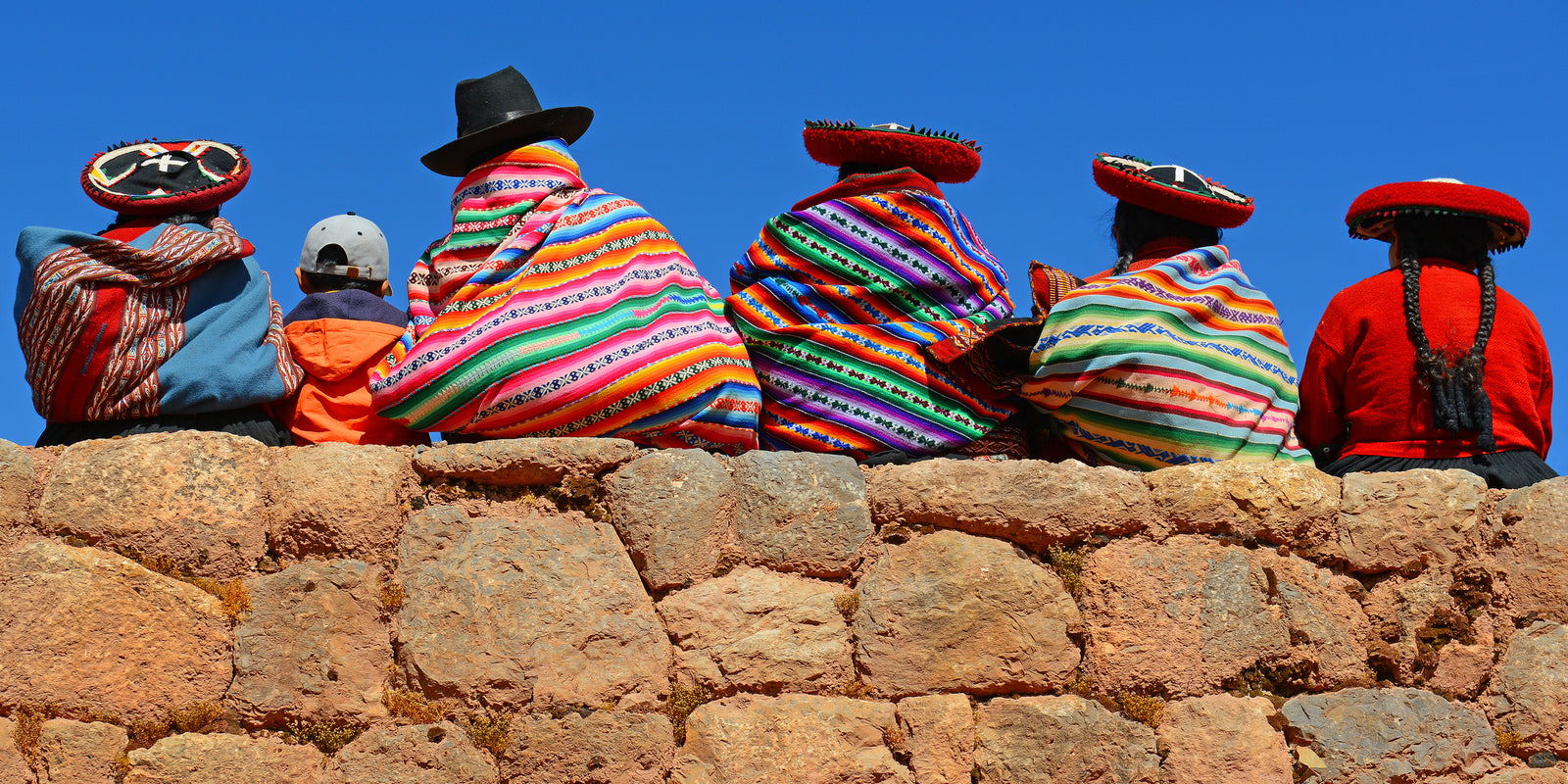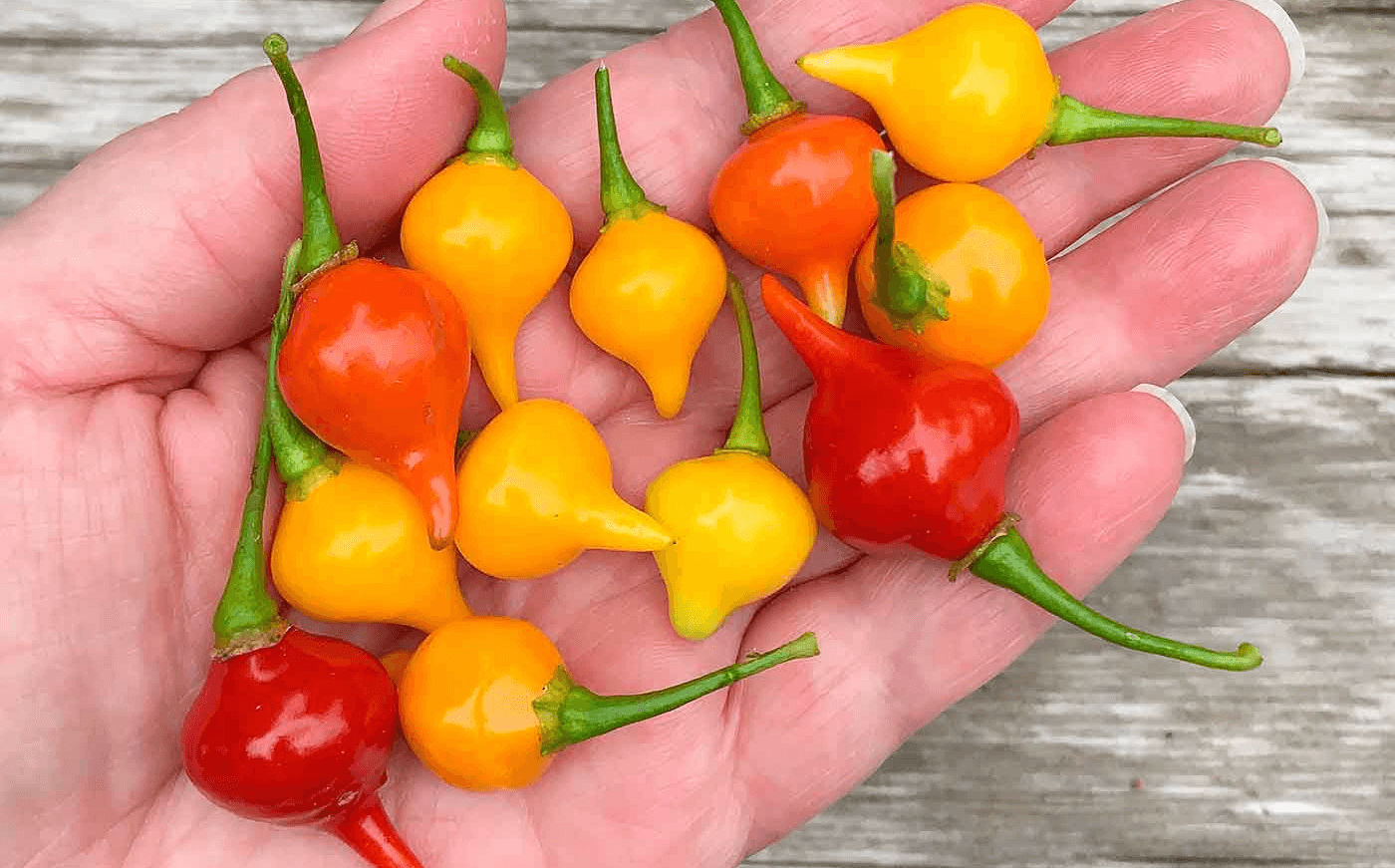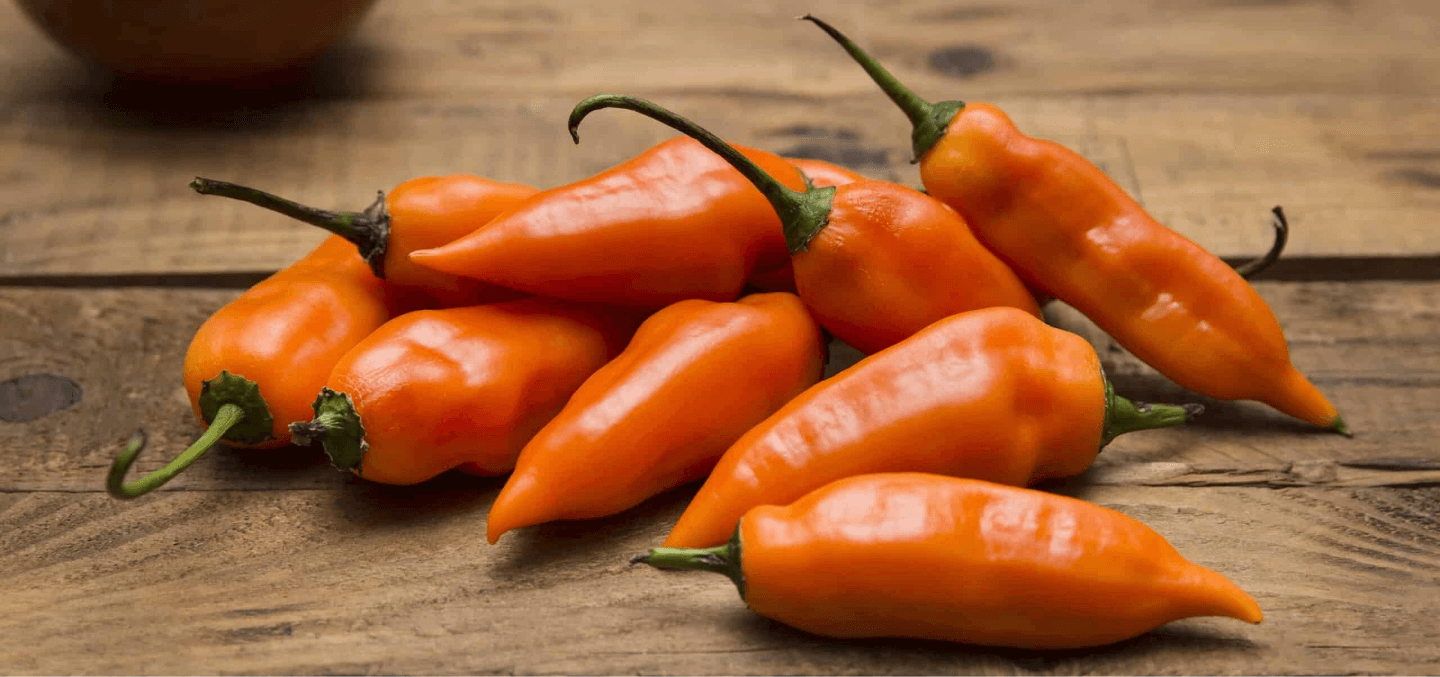The Inca Empire was one of the greatest pre-colonial civilizations built by humanity. They have been a pinnacle of technology, and some of their inventions helped shape modern society. The Incas have contributed to food and agriculture, too, more than we notice.
Here are four food contributions made by the Incas to the modern world:
Potatoes
Potatoes have been a staple food source in ancient Peru as early as 8000 years ago. The Inca empire's main crop during its reign is this tuber. Around 1570, Spanish sailors traveling to the new world brought the crop back to parts of Europe. Since then, potatoes have been propagated, and the tuber has been part of European history.
Thanks to this crop's continuous propagation and use, potatoes are available in most countries. There are hundreds of varieties of potatoes available in the world market with varying specialty uses. Understandably, sometimes potatoes are put in a bad light due to their high-calorie content, but this same feature has contributed to better nutrition for people in general. Notably, the purple variety in Peru is considered the healthiest since it contains various antioxidants and other nutrients.
Corn
Corn has its origins in central and south America. Ancient Peruvians have grown corn since 1200 BC with relatively innovative planting techniques. Like potatoes, corn was transported back to Europe via voyages in the Americas and slowly cultivated worldwide.
With the techniques used by the Incas, many varieties of corn have sprung out. Peru still has the most types of corn to this day; about 55 varieties are being cultivated in the country. The most popular among these particular varieties is the Peruvian purple corn, the main ingredient for Peru's signature fermented beverage, Chicha Morada.
Quinoa
Quinoa is relatively new in the world market, but it's been valued in Peru for thousands of years. The Incas believed that quinoa was the "mother grain" and it was sacred. They have grown this food for dietary and religious purposes.
Quinoa is grown in various countries, but Peru still leads quinoa production. Hundreds of quinoa varieties have been cultivated since the Incas, and they all are healthy to eat. This pseudo-grain has gained worldwide popularity because it's a nutrient-dense superfood containing multiple vitamins and minerals such as riboflavin, zinc, magnesium, and vitamin B6.
Freeze Drying
Freeze-drying technology is a low-temperature dehydration process to preserve food. It's a relatively recent innovation, but the Inca Empire has uncommonly applied the principles of freeze-drying.
The empire discovered ways to preserve their food and harvests. One method to preserve potatoes is to expose them to high altitudes and low temperatures during the night, squeezing and drying moisture out during the day. This process is repeated for about seven more days until the potatoes are dried and preserved. In Peru, dried potatoes are called chuño and can be stored for ten years. Even without any scientific processes and technologies like we have today, the Incas discovered the freeze-drying process.
The Inca Empire have made leaping innovations to food technology that their work helped shape the modern age. Unbeknownst to many, the food we enjoy in abundance can be attributed back to the ingenuity of the Incas.





